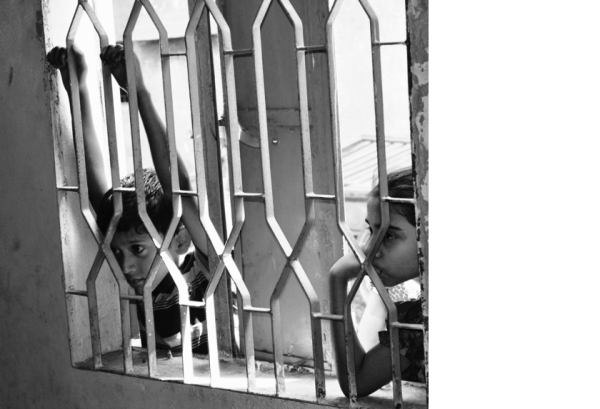“Children are not the people of tomorrow, but people today. They are entitled to be taken seriously. They have a right to be treated by adults with tenderness and respect as equals. They should be allowed to grow into whoever they were meant to be – the unknown person inside each of them is the hope for the future”. Janusz Korczak
Following the given lines and considering the global context, violence takes the lives of more than 1.6 million people annually. It is to be noted that over 50% due to suicide, some 35% due to homicide, and just over 12% as a direct result of war or some other form of conflict. For each single death due to violence, there are dozens of hospitalizations, hundreds of emergency department visits, and thousands of doctors’ appointments (Global Burden of Disease).
A child growing up under violent conditions is one of the most terrifying and traumatic of experiences. It’s an experience that a child will not forget. It’s an experience that can affect every aspect of a child’s life, growth and their development. Such experience can cause children not to do well academically also.
By Shidratul Moontaha Suha*
Side by side, there is a distinct association between domestic violence and child abuse. Growing up in a violent home can set patterns for children … patterns that can cause them to commit violence and abuse, and continue the cycle of violence and abuse. Children living in violent homes are often too frightened and embarrassed to speak out. Study reveals that violent environments are more pertinent to have health problems, use poor judgment, and have social and emotional issues for children.
They are also more apt to become high school dropouts, substance abusers, pregnant teens, gun users, and become juvenile and adult criminals. Children who suffer from abuse can become adults with a host of additional problems such as poor self-esteem, staying in dead-end jobs or worse … not being able to keep a job. There are high unemployment rates among adult abused children. They can be full of anger, can mistrust in relationships, and are more apt to be bullies, commit road rage, and more horrific violent acts, and contribute to the high cost of our mental health and welfare programs.
In reality, violence against children is not a new topic in the development agenda. Violence goes hand in hand with deprivation, with high risk of poor health, poor school performance, long-term welfare dependency and a deep sense of fear. Witnessing violence, experiencing neglect and trauma, enduring intimidation, humiliation and physical aggression, and being subject to abuse and exploitation are frequent dimensions of a sad continuum in children’s lives.
Freedom from violence is indispensable to a sustainable future in which children will be able to grow up healthy, well-nourished, resilient, well-educated, culturally sensitive and protected from abuse and neglect.
In Bangladesh a large number of children are deprived of their basic human rights due to unacceptable health, nutrition and education as well as social conditions. In addition, children are exposed to severe forms of physical and mental violence at home, in the work place, in institutions and other public places. The nature and extent of violence against children irrespective of age, sex and class has been increasing day by day. On the whole, our children are not safe even though efforts made by government and non-government organizations in ensuring the rights of the children.
As a result, all forms of physical, sexual, psychological or emotional ill treatment, carelessness and lack of physical safety and development, use of children for someone else advantage altogether make the term ‘violence”. In brief, violence is a broad term which covers “abuse”, “neglect”, and “exploitation” altogether. All these forms together create ‘significant harm”. This approach seeks to balance the potential risk posed to the child facing to the protection issue with the real risks that may come with the intervention itself. In this regard intervention means “response”, “resolve” and “prevention” in relation to the identified crisis on emergency basis.
The protection of boys and girls from all forms of violence is a concern the international community cannot afford to omit from the post-2015 development agenda. The international community can however reverse this pattern by including children’s protection from violence as a clear priority in the post 2015 global development agenda.
It is a must to continue to join hands in the months ahead to place the protection of children from all forms of violence, everywhere and at all times, at the centre of the global development agenda. This is not just an ethical and human rights imperative; it is also a question of good governance and a future in which equity and social progress will be a reality for all members of the human family.
* Shidratul Moontaha Suha is a Learning & Documentation Officer in Violence against Children program under Child Protection sector, Save the Children International










